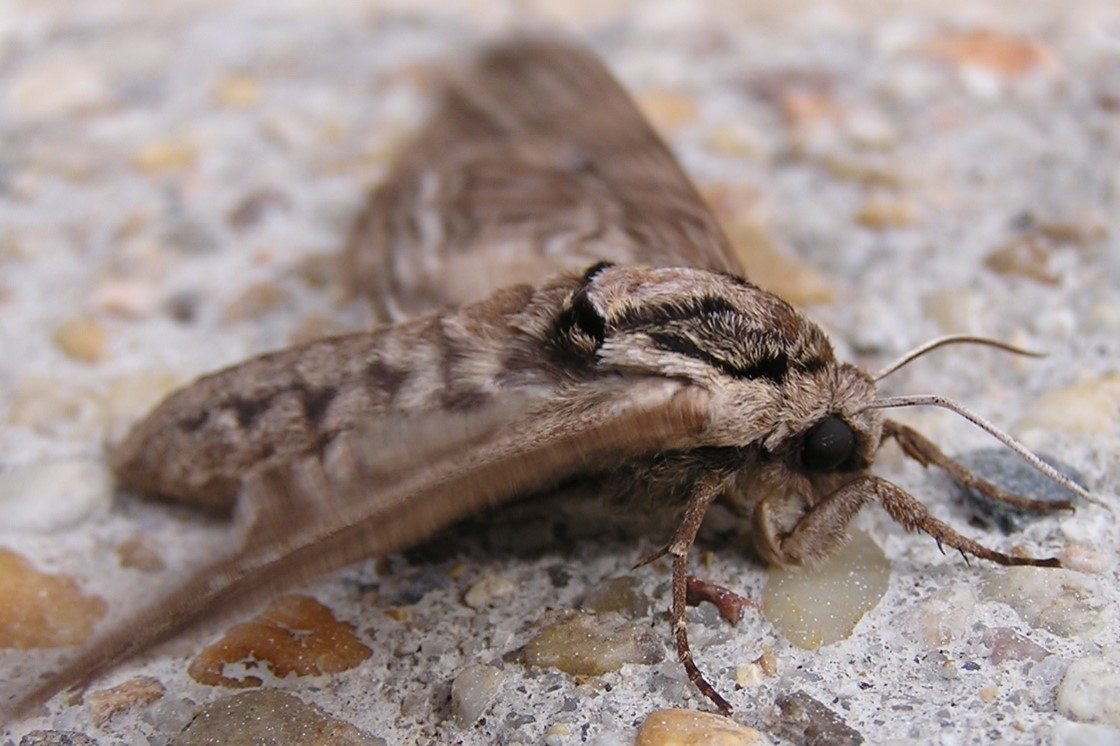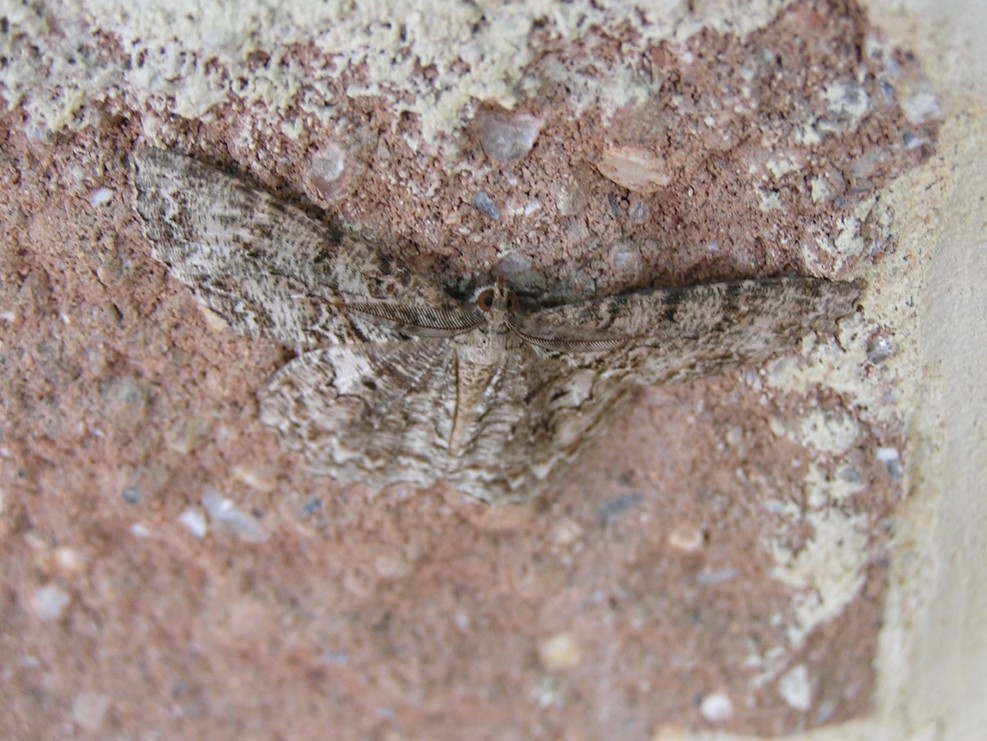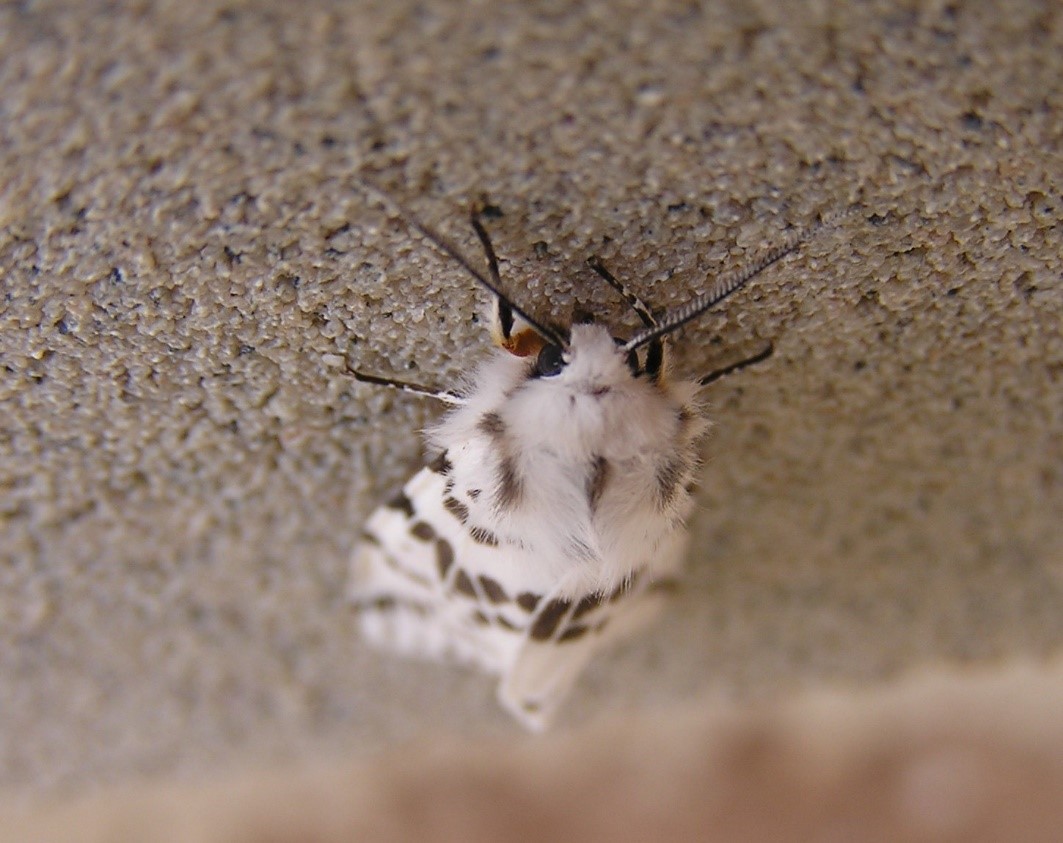Pollination is a vital part of most ecosystems and a necessary process for many farming operations. Daytime pollinators have been studied for years and have been found to be in danger from the effects of habitat fragmentation, climate change and pesticide use.
Where do nocturnal pollinators fit in?
Pollination is very hard to study in the dark, so the full picture is not yet understood. However, we do know that there are some flies, beetles and bats that are important pollinators, and that the main nocturnal pollinators are moths—the butterflies of the night.
The Smithsonian has reported that there are 160,000 species of moths in the world, compared to 17,500 species of butterflies. The pollinating moth families include the nectar-feeding varieties from the families Sphingidae, Noctuidae, Geometridae, Erebidae and possibly others.
In recent years, a decline in moth populations in Europe and parts of the United States has been documented. This issue connects us to Pollinator Week (celebrated annually in June), which was initiated 14 years ago and marked a necessary step toward addressing the urgent issue of declining pollinator populations. Recent findings related to moth population declines, and even the effect of light pollution on daytime species like the monarch butterfly, emphasize the continued need for awareness and support of pollinators.
Insects make up 60% of the species on Earth and are still poorly understood. But recent studies have shown overall declines in insect populations in Europe and North America. It is too early to tell if these declines are occurring worldwide, and studies on moths have shown some species populations increasing, while others are decreasing—with no clear pattern found yet. This might be where light pollution comes in. Nighttime pollinators may be affected in positive or negative ways by artificial light at night.
Though some species of moths have been found to avoid plants in artificial light situations, moths of all types can be seen flying toward lights at night. This attraction to light concentrates the moths in a single location, which can lead to heavy predation by bats and other moth-eating animals like toads. It can also result in the concentration of egg laying, which can lead to intense competition for food sources by the larvae.
Other studies have shown that artificial light may even cause temporal disorientation, changing the moths’ typical biorhythms, as well as spatial disorientation, disrupting an organism’s ability to navigate in three-dimensional space. It has even been found to cause a decrease in reproduction in Geometrid moths.
What do all these recent studies actually show us? Unfortunately, we still don’t know what we don’t know. We may never understand all the effects of light pollution on moth populations, but evidence suggests that most animals are not adapted to thrive under any condition labeled “artificial.”
So, what does this all mean for you? If you enjoy the fruits of pollination and want to keep pollination and other ecosystem services humming along, consider letting nature be natural: use integrated natural pest-management practices instead of pesticides whenever feasible, and avoid lighting your garden at night so plants can sleep, and moths can do their job in the dark.
Learn more about the effects of artificial light and how you can help protect the night on our Dark Skies page.
Author Tammy Schwab is the education and outreach manager for the Resource Management Division of the Fairfax County Park Authority.
References
MacGregor, C. J., Pocock, M. J., Fox, R., & Evans, D. M. (2015). “Pollination by Nocturnal Lepidoptera, and the Effects of Light Pollution: A Review.” Ecological Entomology, 40(3), 187–198. https://doi.org/10.1111/een.12174
van Geffen, K. G., van Eck, E., de Boer, R., van Grunsven, R. H. A., Salis, F., Berendse, F., & Veenendaal, E. M. “Artificial Light at Night Inhibits Mating in a Geometrid Moth.” Insect Conservation and Diversity, 8(3), 282-287. https://doi.org/10.1111/icad.12116
Owens, A. C. S. & Lewis, S. M. “The Impact of Artificial Light at Night on Nocturnal Insects: A Review and Synthesis.” Ecology and Evolution, 8(22), 11337-11358.




